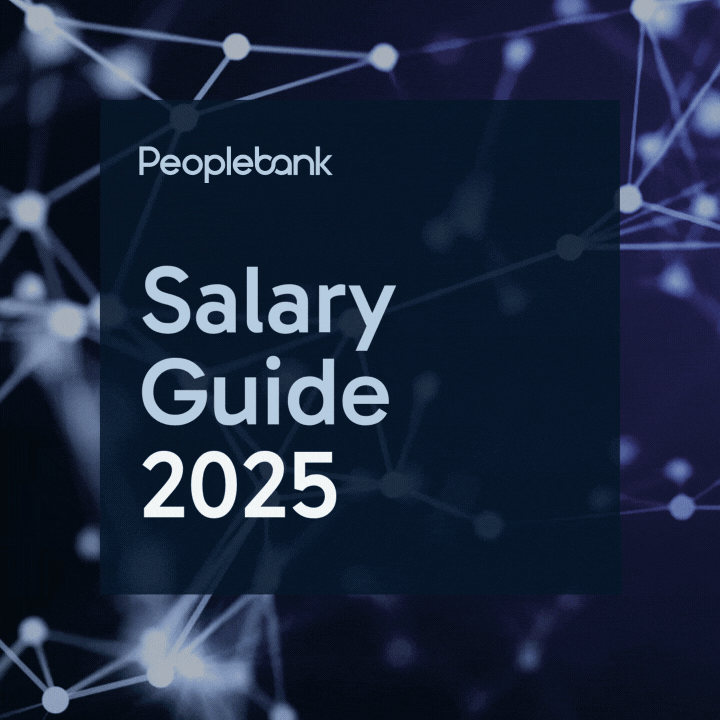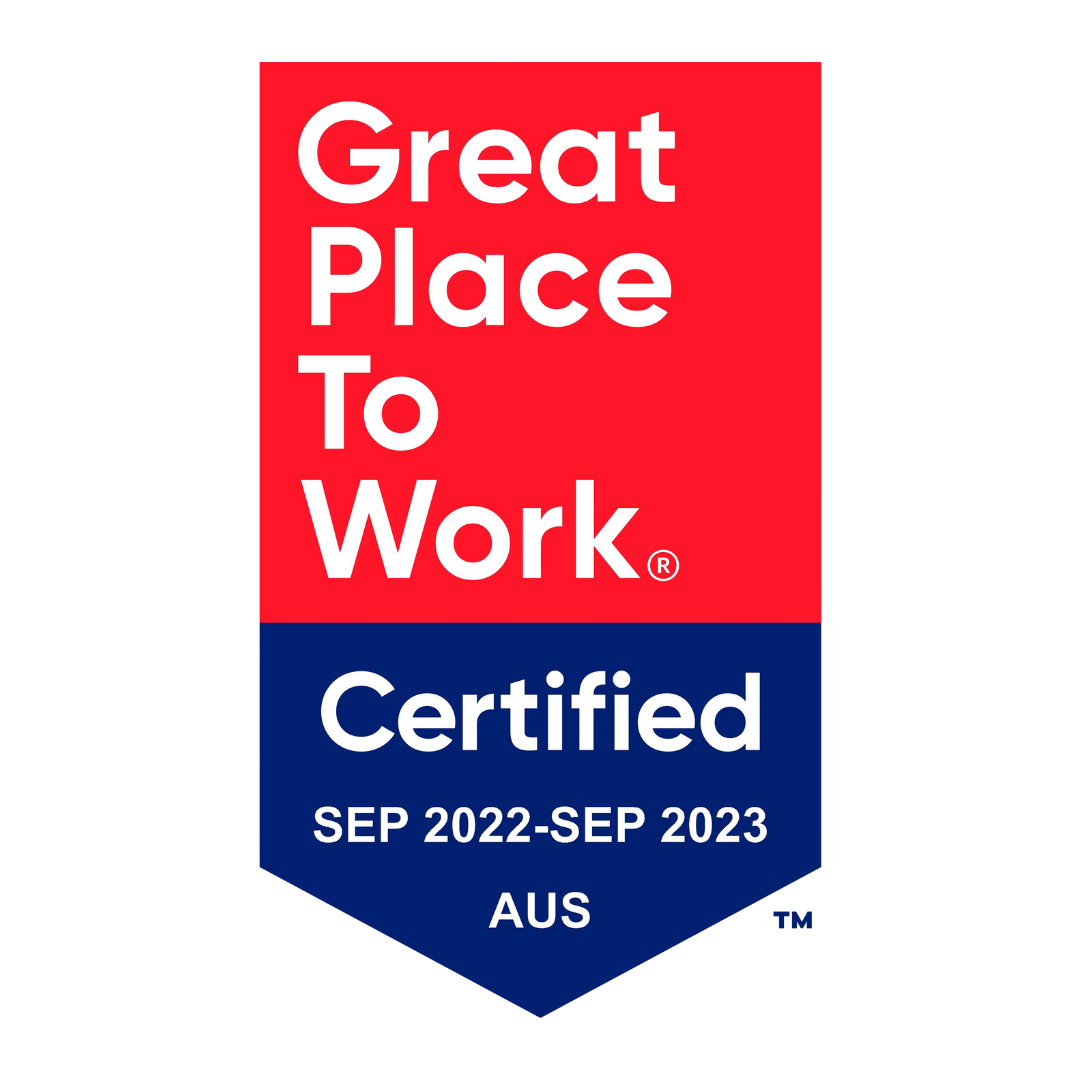What are the benefits of an agile work environment?
There are significant benefits for both employees and employers when it comes to organisations that implement agile working. But first, what is agile working?
An agile environment is built on particular values and philosophies. When a company knows their workplace goals and their desired company culture, they can tailor a set of practices as well as the physical space to make it agile. Ultimately, agile working aims to produce a productive and flexible environment. This can be utilised in different ways by different companies, but typically it encourages an open working space and unassigned seating. This encourages teams to work independently with the ability to come together when they feel it’s needed. It also means employees can work remotely as long as their work is still considered productive.
Essentially, agile working focuses on the performance and the focus of an employee rather than about where they are working.

So, what are the benefits of this?
For employees
Better collaboration
Improved collaboration comes from better technology and more of it. Especially when people are working remotely and can easily chime in with one another from wherever they are. For example, phone or video conferences can be had from anywhere with a laptop and a mobile device. This means that booking a meeting room could be made unnecessary! With communication channels such as Microsoft Teams which allows both quick conversations between individuals or groups as well as efficient file transfers and more, writing an email that sits in someone’s inbox for hours if not days can be history.
In addition, when people are not always in the same vicinity, they will come together when truly required which can save time and energy on unproductive meetings.

Work-life balance
It speaks for itself that when you can work flexibly your work-life balance improves. Being at your desk from 9 – 5 in an agile environment doesn’t mean you’re working productively. In an agile workplace, the manager knows that each person works best in different ways and that an employee’s workday should comprise of the best practices and spaces for them. As long as the person consistently produces quality work. Because of the technology I mentioned earlier, flexible work is made easier, so workers can be in control of how they manage their time.
Job satisfaction
Having some more control over your own schedule and working in ways they best suit you will often increase motivation and job satisfaction. Usually, an employee will be able to minimise distractions and therefore be more productive.
For employers
Reduced office costs
This is kind of obvious. When people are able to work remotely, from their homes or anywhere else, there is less need for bigger office spaces and other equipment. If a company is open to a completely remote worker, they can hire from areas where salaries are lower yet still obtain employees of the same calibre.

Talent acquisition and retention
The fact is, people want to work flexibly. The working world is moving into a space where ‘working to live’ is the right way to think about work, rather than ‘living to work’. This isn’t to say people care less about their work, but that they acknowledge that things outside of work are higher or equal on their priority list. Plus, it’s no secret that businesses that offer flexible working arrangements have employees who take less sick days as well as maintaining less turnover of staff.
If you offer flexible working options, more people will appeal to your organisation and you’ll be able to keep quality employees for a longer time.
For both
More innovation
With employees in a less stringent work environment and an office space catered to the way the team works, employees become more engaged and therefore more switched on. This can increase creativity, problem solving and innovation.

Increased productivity
Throughout the entire blog, you’ve probably realised an encapsulating theme: productivity. The root of agile working is to improve productivity which will then improve other skills. This is good for both employees and employers. More quality work from an employee will help them feel as if they are truly adding value, they will be engaged with their work and they will feel happier about showing up. For businesses, you’ll have the quality work, usually produced in shorter time spans leaving room for more to be accomplished within the same parameters as other businesses who don’t utilise agile working.






















